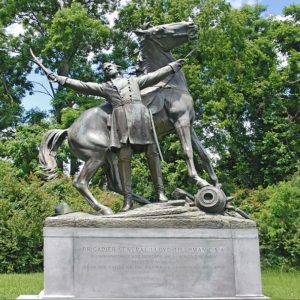
Monuments as Social and Political Symbols – NCSS Special Project
Monuments are often ignored; what they commemorate tends to be forgotten a generation or two after their construction. Sometimes, though, their meanings become matters of urgent debate. This webinar will begin with an overview of how monumentalization has manifested across different societies, asking: what do monuments do, and why do we make them? In the … Continued



